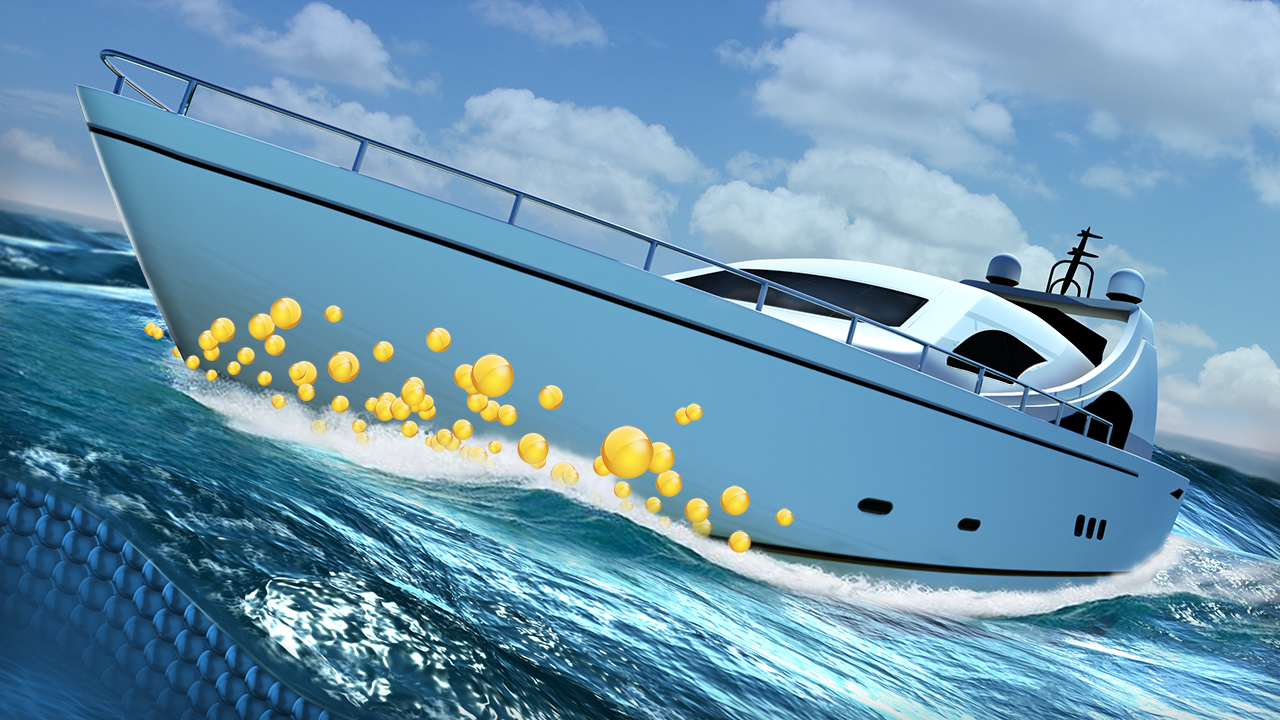
In this Houdini tutorial, we’ll explore the many different techniques used in the OceanFX toolset.
We'll get started by using the shelf tools, but almost instantly dive deeper into those networks; discussing the details of the nodes at the heart of the OceanFX toolkit, the Ocean Spectrum and the Ocean Evaluate.
We'll get started by using the shelf tools, but almost instantly dive deeper into those networks; discussing the details of the nodes at the heart of the OceanFX toolkit, the Ocean Spectrum and the Ocean Evaluate.
We'll learn how to set up a quick iterative rendering process for tweaking the look of ocean shaders, then see how to track an object with a fluid tank, which allows us to create large ocean scenes with minimal simulation time. We'll also examine the whitewater simulator and see how to effectively integrate elements like spray, foam, and bubbles into our oceans.
This Houdini training was developed for an artist with a solid understanding of basic 3d concepts, a familiarity with the Houdini User Interface, and a basic knowledge of Houdini fluids. Simulating large oceans has always been a challenge for visual effects artist, but Houdini's OceanFX Toolkit makes the process fun and produces great results.